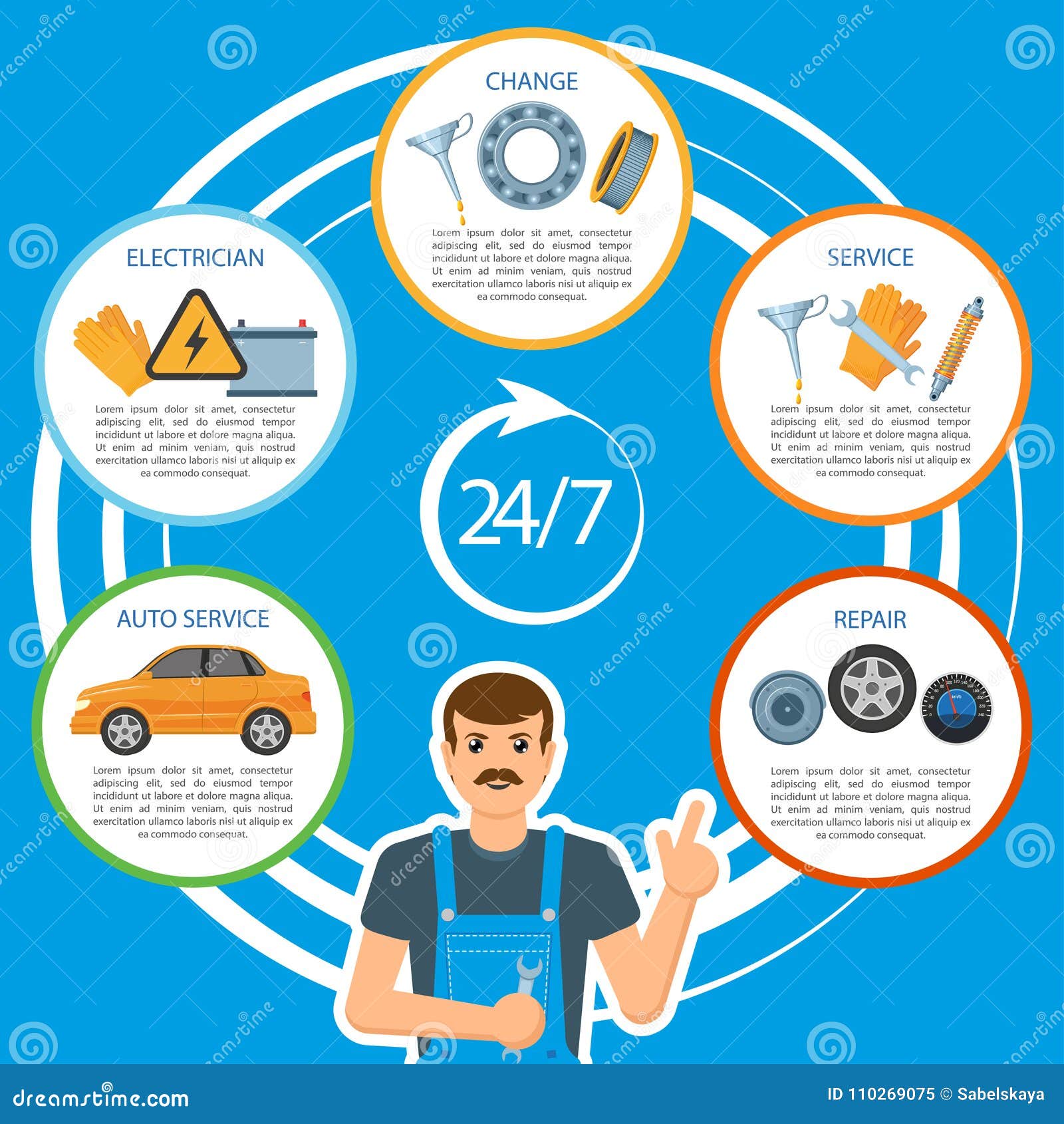Analyzing Your Automobile'S Caution Indicators: What They Actually Convey
Analyzing Your Automobile'S Caution Indicators: What They Actually Convey
Blog Article
Content By-Boye Shepherd
When you're behind the wheel, those beautiful caution lights on your dashboard can be a bit difficult. Do you recognize what they're trying to tell you regarding your vehicle's wellness? Understanding https://ecu-tuning17394.bloggerchest.com/29853029/boost-your-auto-describing-strategies-with-seasonal-support-to-guarantee-your-vehicle-stays-glowing-and-protected-figure-out-just-how-to-navigate-the-particular-difficulties-that-each-season-brings of these lights is important for your safety and the longevity of your vehicle. So, the following time one of those lights turns up, would not you want to understand its message precisely and take the required actions to resolve it?
Common Warning Lights and Interpretations
Determine usual warning lights in your cars and truck and recognize their meanings to ensure safe driving.
https://felixfyqib.snack-blog.com/29894667/detailing-your-cars-and-truck-in-under-an-hour-a-straightforward-guide-for-beginners of the most typical caution lights consist of the check engine light, which signifies problems with the engine or discharges system. If this light comes on, it's important to have your vehicle checked quickly.
The oil pressure cautioning light suggests reduced oil stress, requiring immediate attention to stop engine damages.
A blinking battery light could suggest a damaged billing system, potentially leaving you stranded if not addressed.
The tire pressure surveillance system (TPMS) light signals you to low tire pressure, impacting lorry security and gas performance. Overlooking this might result in harmful driving problems.
The ABS light suggests a trouble with the anti-lock stopping system, compromising your capability to quit quickly in emergency situations.
Lastly, the coolant temperature alerting light warns of engine getting too hot, which can lead to severe damages if not dealt with promptly.
Recognizing these common warning lights will assist you address problems without delay and preserve safe driving problems.
Value of Prompt Focus
Understanding the usual warning lights in your automobile is only the initial step; the significance of promptly addressing these cautions can't be stressed enough to ensure your safety when traveling.
When a caution light illuminates on your control panel, it's your automobile's method of interacting a potential problem that requires attention. Overlooking these warnings can result in more severe problems down the road, compromising your security and potentially costing you much more out of commission.
Prompt attention to advising lights can prevent breakdowns and accidents. As an example, a blinking check engine light might suggest a misfire that, if left unattended, could trigger damage to the catalytic converter. Addressing this promptly can conserve you from a costly repair.
Likewise, a brake system warning light may indicate reduced brake fluid or worn brake pads, critical components for your safety and security when driving.
Do It Yourself Troubleshooting Tips
If you see a warning light on your dashboard, there are a few do it yourself repairing pointers you can attempt prior to looking for expert help.
The first step is to consult your vehicle's handbook to recognize what the specific warning light shows. In https://wreg.com/automotive/spend-less-at-the-pump-with-these-fuel-saving-tips/ can be as simple as a loose gas cap setting off the check engine light. Tightening up the gas cap might settle the trouble.
One more usual issue is a low battery, which can cause various cautioning lights. Checking the battery connections for corrosion and ensuring they're safe and secure could take care of the issue.
If a caution light continues, you can try resetting it by detaching the car's battery for a few mins and after that reconnecting it. In addition, checking your vehicle's fluid levels, such as oil, coolant, and brake liquid, can help troubleshoot advising lights connected to these systems.
Verdict
To conclude, understanding your cars and truck's warning lights is crucial for keeping your automobile running smoothly and securely. By promptly addressing these signals and knowing what they imply, you can avoid pricey repairs and potential break downs.
Bear in mind to consult your vehicle's handbook for specific details on each advising light and act as necessary to ensure a hassle-free driving experience.
Keep educated, stay secure on the road!
